16 products
-
Old-Fashioned Lilac
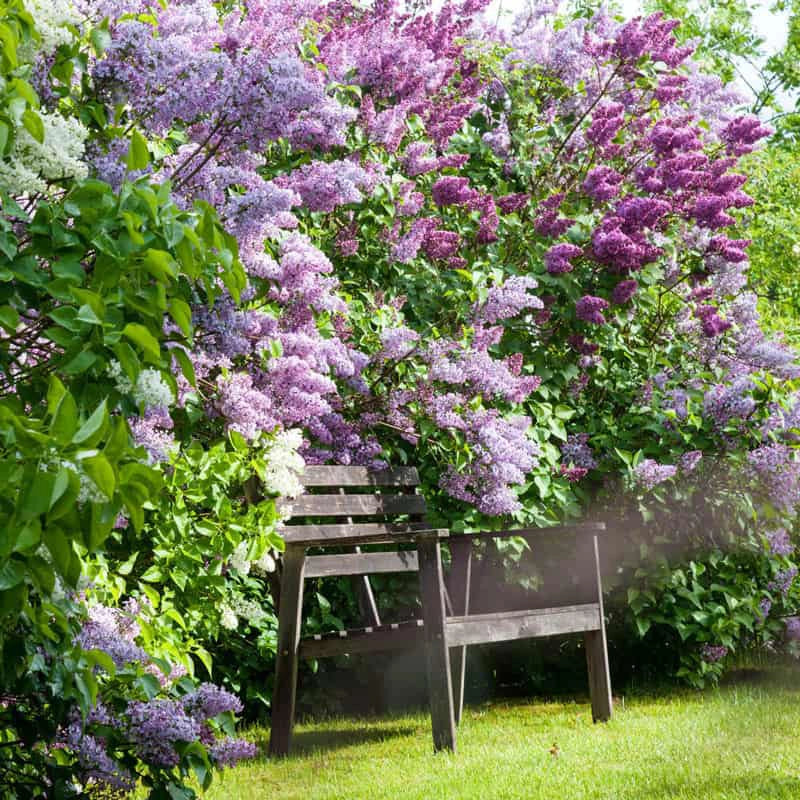 Old-Fashioned Lilac
Old-Fashioned Lilac- Regular price
-
Starting at
$29.99 - Regular price
-
$39.99 - Sale price
-
Starting at
$29.99
-
Josee Reblooming Lilac Shrub
 Josee Reblooming Lilac Shrub
Josee Reblooming Lilac Shrub- Regular price
-
Starting at
$19.99 - Regular price
-
$24.99 - Sale price
-
Starting at
$19.99
-
Sensation Lilac Shrub
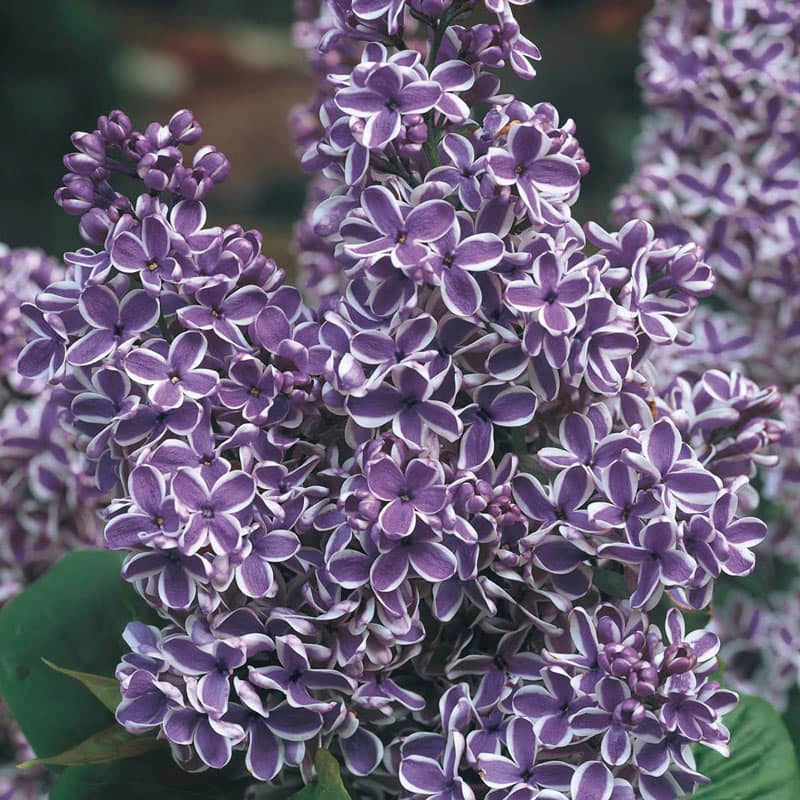 Sensation Lilac Shrub
Sensation Lilac Shrub- Regular price
-
Starting at
$67.99 - Regular price
-
$79.99 - Sale price
-
Starting at
$67.99
-
Rosie Beach Party™ Lilac Shrub
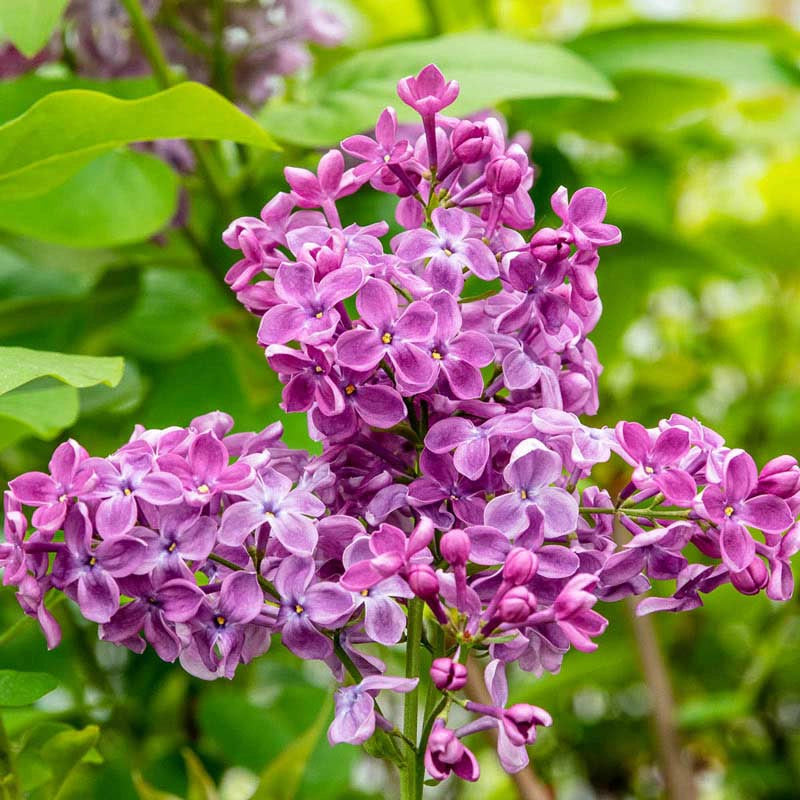 Rosie Beach Party™ Lilac Shrub
Rosie Beach Party™ Lilac Shrub- Regular price
-
Starting at
$25.49 - Regular price
-
$29.99 - Sale price
-
Starting at
$25.49
-
Snowy Beach Party™ Lilac Shrub
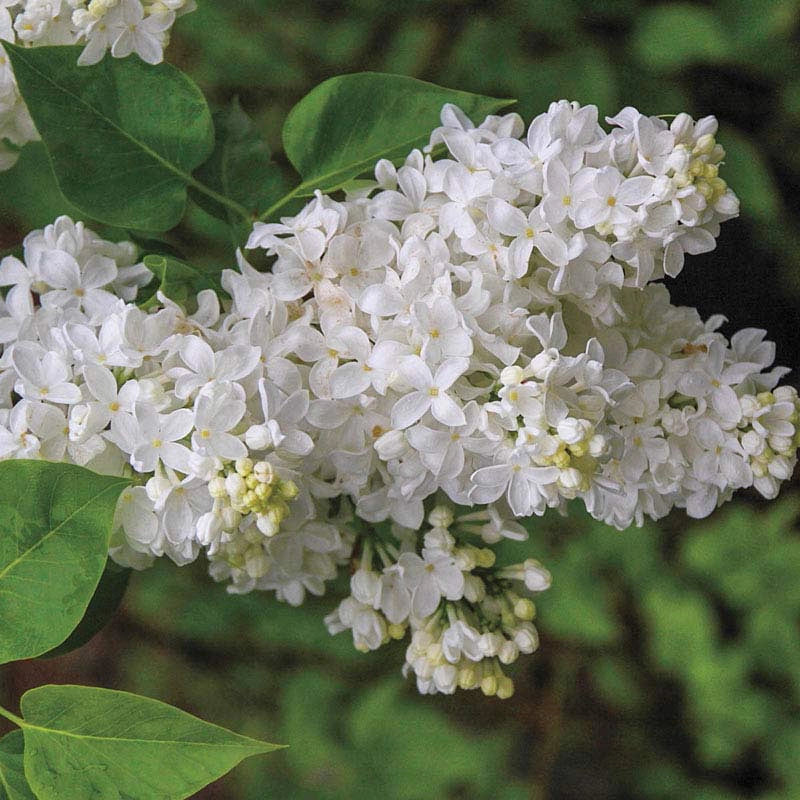 Snowy Beach Party™ Lilac Shrub
Snowy Beach Party™ Lilac Shrub- Regular price
-
Starting at
$25.49 - Regular price
-
$29.99 - Sale price
-
Starting at
$25.49
-
Be Right Back™ Lilac Shrub
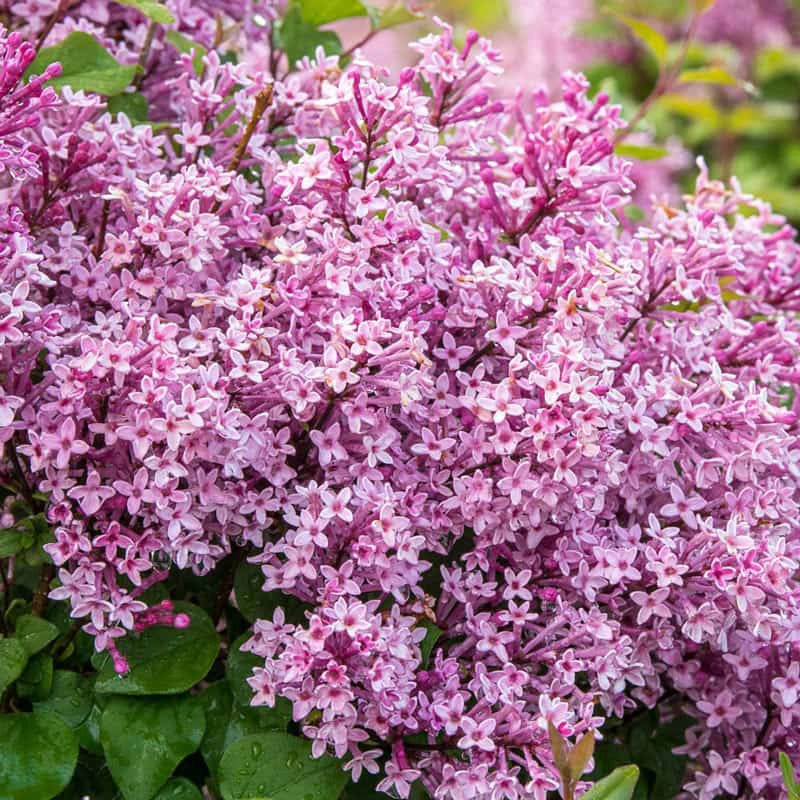 Be Right Back™ Lilac Shrub
Be Right Back™ Lilac Shrub- Regular price
-
Starting at
$29.74 - Regular price
-
$34.99 - Sale price
-
Starting at
$29.74
-
Miss Kim Lilac Hedge
 Miss Kim Lilac Hedge
Miss Kim Lilac Hedge- Regular price
-
Starting at
$14.99 - Regular price
-
$29.99 - Sale price
-
Starting at
$14.99
-
Albert F Holden Lilac Hedge
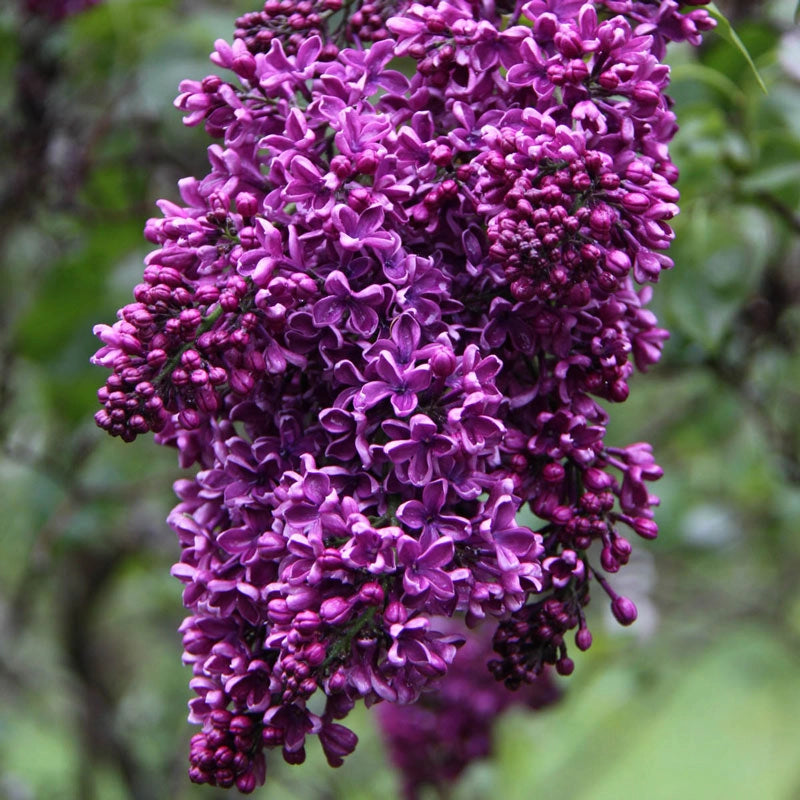 Albert F Holden Lilac Hedge
Albert F Holden Lilac Hedge- Regular price
-
Starting at
$24.99 - Regular price
-
- Sale price
-
Starting at
$24.99
-
James Macfarlane Lilac Hedge
 James Macfarlane Lilac Hedge
James Macfarlane Lilac Hedge- Regular price
-
Starting at
$14.99 - Regular price
-
$24.99 - Sale price
-
Starting at
$14.99
-
Royalty Lilac Hedge
 Royalty Lilac Hedge
Royalty Lilac Hedge- Regular price
-
Starting at
$79.99 - Regular price
-
- Sale price
-
Starting at
$79.99
-
Donald Wyman Lilac Hedge
 Donald Wyman Lilac Hedge
Donald Wyman Lilac Hedge- Regular price
-
Starting at
$79.99 - Regular price
-
- Sale price
-
Starting at
$79.99
-
Minuet Lilac Hedge
 Minuet Lilac Hedge
Minuet Lilac Hedge- Regular price
-
Starting at
$29.99 - Regular price
-
$39.99 - Sale price
-
Starting at
$29.99
-
Agincourt Beauty Lilac
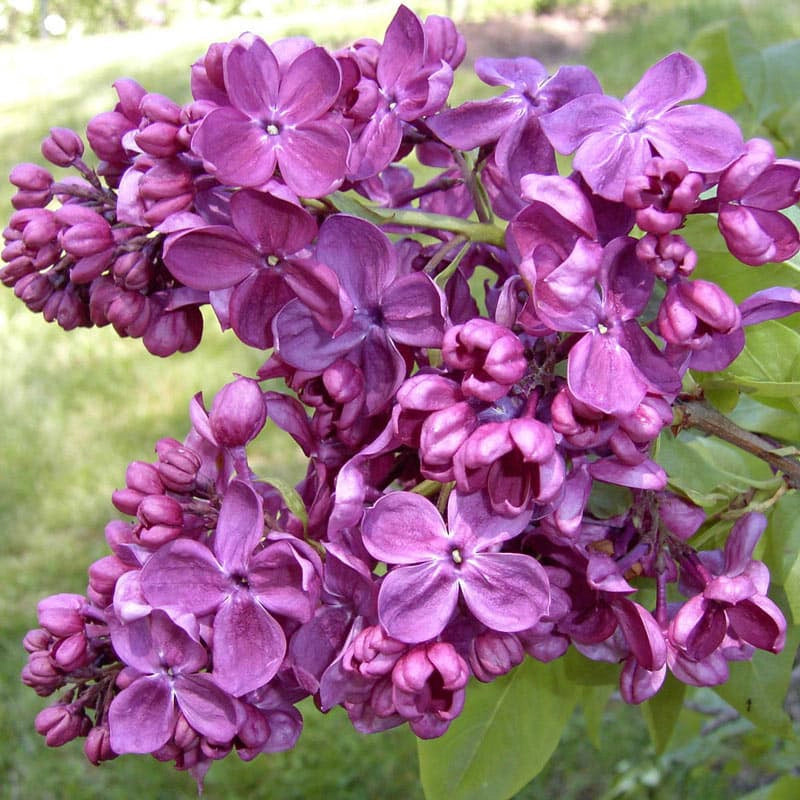 Agincourt Beauty Lilac
Agincourt Beauty Lilac- Regular price
-
Starting at
$14.99 - Regular price
-
$19.99 - Sale price
-
Starting at
$14.99
-
Shasta Doublefile Viburnum
 Shasta Doublefile Viburnum
Shasta Doublefile Viburnum- Regular price
-
Starting at
$24.99 - Regular price
-
$49.99 - Sale price
-
Starting at
$24.99
-
President Grevy Lilac Shrub
 President Grevy Lilac Shrub
President Grevy Lilac Shrub- Regular price
-
Starting at
$12.99 - Regular price
-
$14.99 - Sale price
-
Starting at
$12.99
-
Madame Lemoine Lilac
 Madame Lemoine Lilac
Madame Lemoine Lilac- Regular price
-
Starting at
$19.99 - Regular price
-
$39.99 - Sale price
-
Starting at
$19.99
Lilac Bushes from Spring Hill:
Look for lilac flowers to burst open beginning in spring, with long canes producing voluminous pink, yellow, white, red, purple or blue blooms. Plant a lilac shrub and enjoy daily visits from hummingbirds and butterflies throughout the flowering season.
Lilac bushes, known for their fragrant and vibrant blooms, are a cherished addition to gardens and landscapes worldwide. These deciduous shrubs are characterized by their clusters of small, fragrant flowers that come in various shades of purple, pink, blue, and white. With their sweet, nostalgic scent and beautiful hues, lilac bushes often symbolize springtime and renewal. They are relatively easy to grow and maintain, requiring well-drained soil and plenty of sunlight. Lilac bushes not only enhance the aesthetic appeal of any garden but also attract butterflies and bees, contributing to a lively and pollinator-friendly outdoor environment. Whether used as standalone focal points, hedges, or borders, lilac bushes bring a touch of elegance and natural charm to any outdoor space.
How To Care for Lilac Bushes
Caring for lilac bushes involves several key steps to ensure their health and vibrant blooms. Begin by choosing a well-drained, sunny location for planting in the fall or early spring. Adequate spacing and soil amendment with organic matter contribute to optimal growth. Lilacs prefer slightly alkaline soil, and deep watering during dry periods, along with mulching, helps maintain moisture and suppress weeds. Pruning after flowering in late spring or early summer encourages more blooms and enhances air circulation. Limited and balanced fertilizer application in early spring supports healthy growth without excessive nitrogen that might hinder flowering. Regular inspections for pests and diseases, along with prompt intervention, contribute to the overall well-being of lilac bushes.
In addition to these steps, it's crucial to protect lilac bushes from harsh winter conditions, especially for younger plants. Shield them from strong winds to prevent breakage and ensure their resilience. By consistently following these care guidelines, lilac bushes not only thrive but also become a delightful addition to any garden, providing fragrant and colorful blooms each spring.
When to trim lilac bushes?
Lilac bushes are best pruned immediately after they finish flowering, typically in late spring or early summer. This timing allows you to remove spent flower clusters and shape the bushes without interfering with the development of next year's blooms. Pruning during this post-flowering period ensures that the lilac has enough time to set buds for the following year.
When pruning, focus on removing dead or weak wood and thinning out the bush to improve air circulation and sunlight penetration. Avoid heavy pruning in late summer or fall, as this can reduce the number of flowers in the following spring.
In summary, the recommended time to trim lilac bushes is right after they have finished flowering, usually in late spring or early summer.

















